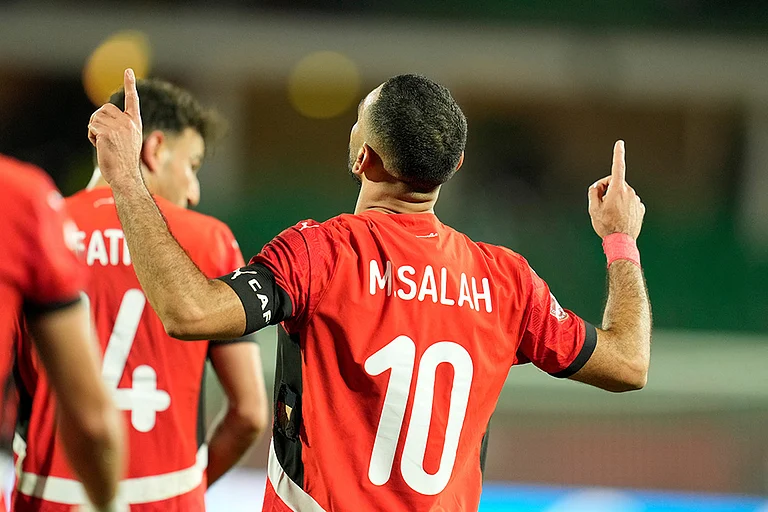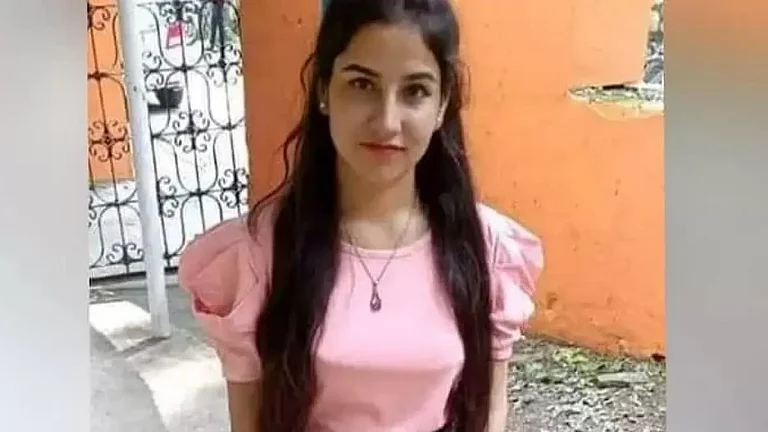On December 27, 1997, Chillai Kalan, the harshest leg of the winter had just begun in the Valley. The temperatures had plummeted to far below zero, spurring the people to return to their homes before nightfall. Muffled up in several layers of clothing, Ali Mohammad Mir, his wife and their four children were sitting inside a plain and uncluttered room of their modest house at Pahoo Pulwama village, some 25 km south of Srinagar. At around 6.30 pm, an unidentified gunman forced entry into Mir's house and pumped him full of lead. The bullets pierced several gushing holes through his body.
Mir's wife with the help of some neighbours rushed him to a nearby hospital but to no avail-- he had died on the spot.
Mir was a driver by profession and would work long hours to feed his family. However, after his death, the family was left to fend for itself. Mir's three daughters and son—all aged between 2 to 10 –had to discontinue their education due to abject poverty.
"I was unable to pay for their tuition fees and other school expenses like books and uniforms", said Mir's wife Raja Banoo.
Her son Umar Ali was barely 2 when the tragedy befell the family. Although she enrolled him in a school, he too had to quit his studies to support the family.
"The work devoured my entire childhood", said Ali.
Initially, Ali worked with a local bricklayer that earned him a few rupees and then he took up many other menial jobs to help his family.
"Life is still tough for us. Every day I have to struggle hard to scrape out a living", said Ali.
Ali was not the only child whose life was upended by the conflict. There are hundreds of such children who lost their parents, in some cases both, to conflict spurring them to fend for themselves at a very young age.
According to a study carried out by Save the Children in 2014, there are around 214,000 orphans in Jammu and Kashmir, and of them, 37 per cent were orphaned due to protracted conflict. The state government has pegged the total number of orphans at 1,0000.
Rehabilitation of victims
The government runs separate orphanages or Bal Ashrams for both boys and girls in each district where the children are provided free food, boarding and lodging. There are many such homes established by local NGOs across the Valley. Besides this, the government 1996 created J&K State Rehabilitation Centre under the Department of Social Welfare to provide physical, psychological and economic assistance to the victims of Valley's long-drawn-out conflict. This was the year when militancy in the region had entered its sixth year and thousands were already killed.
"The council was formed to formulate schemes and collaborate with NGOs to rehabilitate the widows and children of those who lost their bread earners to the violence", said a senior Social Welfare Officer, who did not want to be quoted by his name.
He said that the council provides Rs 1,000 as monthly financial assistance to the victims’ families.
However, Rao Farman Ali, a Kashmir-based scholar and researcher said that the proper rehabilitation of the victims of violence had never taken place, which prompted their young children to discontinue their studies and work as labourers.
"The victims were not properly identified due to which a significant number of cases remained uncovered ", said Ali.
He said that the government-run rehabilitation councils were created to deal with international pressure.
"Such councils are nominal", said Ali.
He also added that a section of society heaped on the miseries of young orphans and exploited them by engaging them in cheap labour.
Bashir Ahmad Mir, chairman of Human Aid Society, an NGO sponsoring the education for victims of violence, orphans and children living in extreme poverty, said that no authentic data had been ever gathered regarding the number of victims of violence or the youngster who engaged in child labour after their parents were killed.
Mir whose organization has supported more than 1700 children since its inception in 1999 said that many cases of violence went unreported during the troubled nineties as the victims' families did not approach the police, fearing reprisal from the assailants.
Mir's organisation operates out of North Kashmir's Baramulla district, an area that witnessed a plethora of despicable attacks on both civilians and security forces.
"There are instances where children lost both parents and were left to fend for themselves. In these situations, they were forced to take up menial jobs to support their families", he said.
According to a 2012 study titled "No Child Labour in Domestic Work" carried out by the Institute of Public Policy Research and Development ( IPPRD) and supported by Save the Children, around 1.43 per cent of the total orphans of armed conflict—mostly the children of slain militants—worked as child labourers. The study revealed that most such cases were found in the outlying villages of Kashmir.
Dardpora:
One such far-off village is Dardpora. Located in district Kupwara, some 122 km north of Srinagar, the village was caught in the throes of the worst turmoil almost over the past two decades. Around 300 families lost their breadwinners to the protracted violence, prompting their children to beg and engage in child labour to support their families.
Mir Ghulam Rasool, a social activist from the village said that some of the victims' children worked as domestic helpers in Srinagar.
In 2005, Rasool said, some prominent educationists and social activists established Al Murtaza Public School in the village for orphans.
"The school provides free education along with books and uniforms to the orphans", Rasool said.
According to him, the school and other philanthropic work in the area helped to wean away many children from work.
Even though the situation is diametrically different now, there are some children who still have to work to provide for their families.
For example, Misra Begum's 13-year-old son Maqsood Ahmad works as an agriculture labourer to help his poverty-stricken family.
Although Begum's husband died a natural death; her son too had to struggle hard to earn a livelihood.
(The article was supported by Work: No Child’s Business)







.jpg?auto=format%2Ccompress&fit=max&format=webp&w=768&dpr=1.0)
















